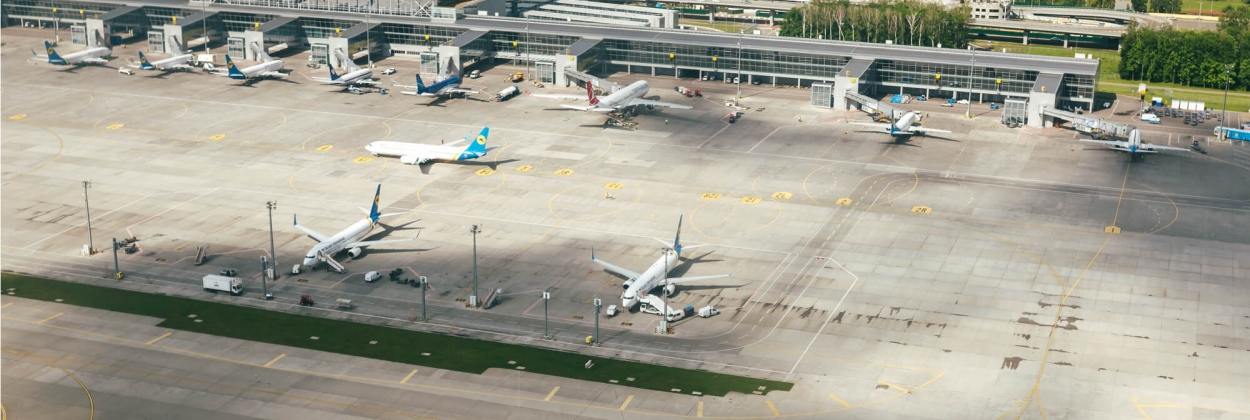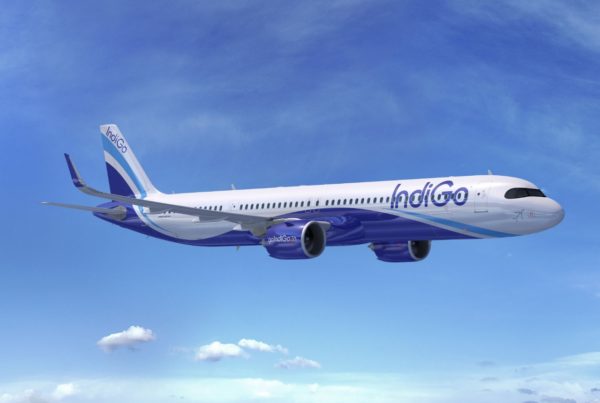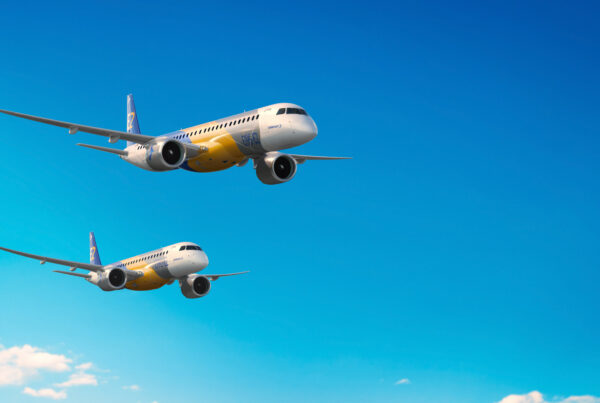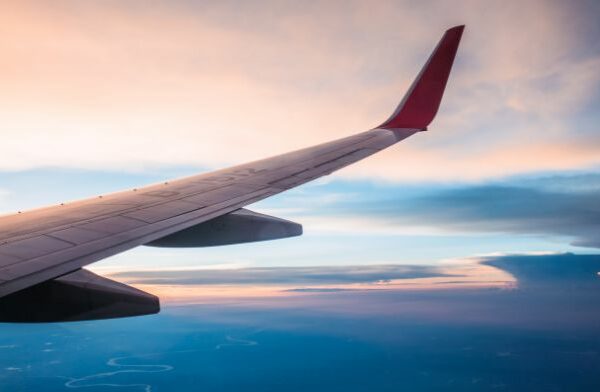Ukraine announced the closure of its airspace for civil aviation on 24 February after Russia launched an invasion of the country.
Several civilian airports, including Kyiv-Boryspil International Airport, were also struck by Russian air assets.
The Ukrainian Ministry of Infrastructure announced the closure of the country’s airspace, citing “a high-security risk”.
Commercial flights were also cancelled in Russian cities located near Ukraine and on the shores of the Black Sea, including Rostov-on-the-Don and Sochi.
The European Union Aviation Safety Agency advised air operators to “exercise extreme caution and avoid using the airspace within 100 nautical miles of the Bielorussian and Russia-Ukraine border”.
Countless European countries have now banned Russian airlines from their airspace. The closed airspace now forms a barrier across the continent, beginning with Finland in the North and ending with Bulgaria in the south.
Poland, Bulgaria and the Czech Republic announced the closure of their airspace to Russian airlines on 25 February.
This action was followed by Slovenia, Romania, Estonia, Latvia and Lithuania just one day later.
On 27 February, Germany, Sweden, Finland, Denmark and Austria announced that they were also preparing to close their airspace to Russian flights, as well as pushing for an EU-wide ban.
Responding to the announcements, Russia banned airlines from many of the nations concerned – leading to the prospect of a complete halt in commercial flights between Russia and Europe.










